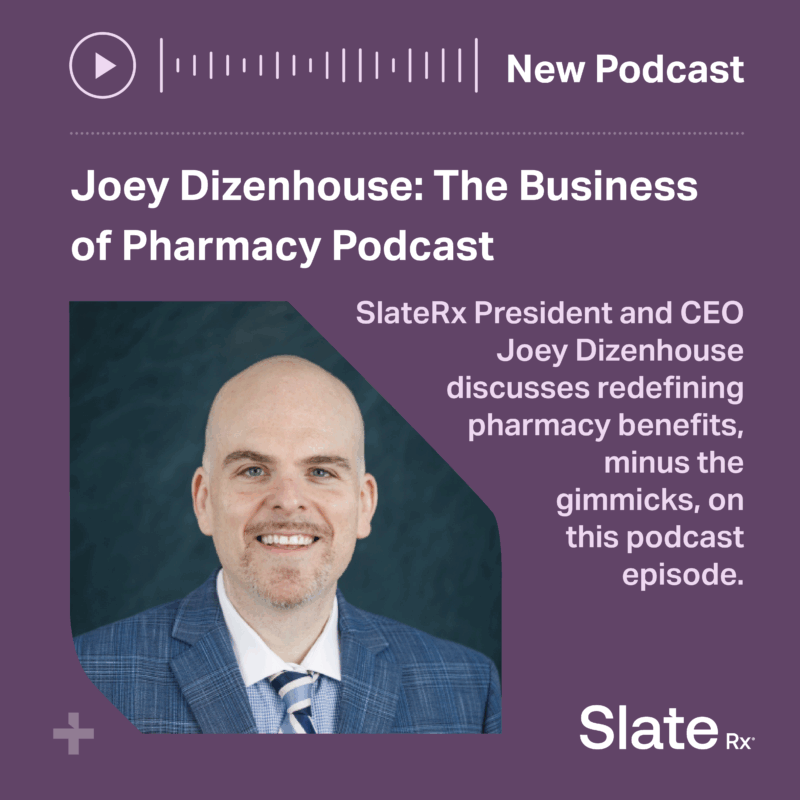The Latest Advancements in GLP-1 Therapies: Important Considerations for Your Plan

How a methodical approach and aligned incentives with your pharmacy partner will give you the best approach to GLP-1s.
GLP-1s, short for Glucagon-like Peptide Type 1 receptor agonists, have revolutionized the management of Type 2 diabetes and obesity. These medications emulate the actions of incretin hormones, helping to stabilize blood sugar levels and facilitate weight loss. The clinical advantages they offer, such as enhanced glycemic control and reduced cardiovascular risks, are significant.
However, as newer and more advanced GLP-1 therapies enter the market, they also bring heightened financial considerations for plan sponsors and health care systems. The escalating prevalence of diabetes and obesity further underscores the urgent need for effective utilization management strategies to balance clinical benefits with cost concerns, making it essential for stakeholders to stay informed about these developments.
Although there are many GLP-1s available, here is a summary of some of the most popular medications and factors to consider:
Wegovy (semaglutide): Patent expires Dec. 2035
- First of these medications to be approved in cardiovascular areas. Studies show it reduces risk of major adverse cardiac events (death, heart attack, or stroke).
- With wider eligibility, it could lead to cost increases and supply challenges. For example, Medicare Part D excludes coverage for weight loss but approvals will be made for extenuating circumstances, such as those with cardiovascular benefits.
- Drugs such as Wegovy/semaglutide are likely to be selected for Medicare price negotiations in the coming years, which could have implications on commercial pricing.
Zepbound (tirzepatide): Patent expires Jan. 2036
- Newcomer has many unknowns related to spend, utilization, supply, and outcomes.
- Data suggests Zepbound offers the most successful outcomes with respect to weight loss but without increasing side effects when moving from Mounjaro, versus other drugs.
- Clinical trials are evaluating primary and secondary prevention in patients with no history of cardiovascular disease. If the FDA approves the primary prevention, this will significantly increase the eligible population.
Victoza (liraglutide) : Patent expires June 2024.
- Victoza is losing market share due to daily injections and more side effects than its newer competitors for managing A1C levels and weight loss.
- If it loses its patent protection, it will be the first GLP-1 with generic availability. This could lead to lower pricing, although the manufacturer will likely do what it can to retain sales.
Trulicity (dulaglutide): Patent expires Dec. 2027
- Next in line to lose patent exclusivity in 2027.
- The manufacturer is expected to migrate patient volume to either of their other GLP-1 products, Mounjaro or Zepbound, prior to this patent expiration.
Overall, supply shortages continue with this class of drugs, thanks in part to social media influencers and celebrities touting the benefits of weight loss. Several dose sizes and forms of Wegovy, Mounjaro, Zepbound, and Trulicity are currently on the FDA shortage list (as of June 2024). All of these are expected to be relieved soon, with the exception of Wegovy.
New GLP-1s in the Pipeline
Newer oral agents are anticipated in late 2024 that may have similar or even superior efficacy, fewer side effects, and less frequent dosing. Additionally, they are being studied for other applications that could lead to expanded indications, such as:
- Obese individuals with OSA (Obstructive Sleep Apnea)
- Obese individuals over 40 years of age with Heart Failure with Preserved Ejection Fraction (HFpEF)
- Adults with Nonalcoholic Steatohepatitis (NASH) with BMI >= 27 but <=50
- Overweight Adults with Chronic Kidney Disease (CKD)
- Alzheimer’s Disease (sometimes referred to as Type 3 Diabetes)
- Cancer
- Addiction
Given the weight loss effects, some of these other indications can make logical sense. For example, weight loss leading to reversal of fatty liver disease means prevention of progression to NASH.
Management of GLP-1s: Plan Considerations
Knowing about these latest advancements, you need a thoughtful plan to manage them. Keep in mind, GLP-1s are not going away, and we will only continue to see new entries and new indications in this class. Management isn’t as easy as simply pulling a lever, as one must consider several potential confounders, such as restrictions levied by manufacturers and/or PBMs. In other words, what is permitted without impacting the financial deal terms. Consider the questions below in relation to your plan:
1. Should you cover obesity treatment or not?
Analyze the costs between medical coverage (bariatric surgery) versus pharmacy plan costs. Decide on medical exceptions or no exceptions. Consider cost impact and underlying volatility.
2. If you do cover obesity treatment, how do you cover it?
What will be eligibility rules for coverage? What will be the cost sharing levels? Determine your clinical-based guidelines and rules. For example, you might require demonstration of lifestyle changes, prescriber documentation to patient tolerance and compliance, and demonstration of efficacy at duration milestones.
3. What strategies to consider for coverage?
Work with your pharmacy partner to set plan design, formulary, and contracting-based levers to your desired level for coverage and eligibility. Establish clinical rules to ensure minimum unnecessary use (prior authorization, step therapy, dosing, etc). Make sure your pharmacy partner has a strategy that identifies and penalizes bad behavior by pharmacies and prescribers.
4. How do you stay in front of continuing changes and risks?
Have a strategic plan in place to guide decision making. Know how you want to handle emerging indications and decide on criteria to appropriately pace. Work together with your pharmacy partner to establish frequent data review and measurement of trends. Look for points of inflection, such as where forgoing rebates in exchange for hyper aggressive limitations becomes attractive.
Through a methodical approach and aligned incentives with your pharmacy partner, you will have success with GLP-1 management. Make sure your pharmacy partner provides:
- Leveraged pricing and scale to keep unit costs low
- Alignment incentives between your interests and your suppliers’
- Transparency to understand data and drivers
- Access to innovative tools to use the data to your advantage
Learn more about GLP-1s and advanced management considerations by downloading our overview below.



